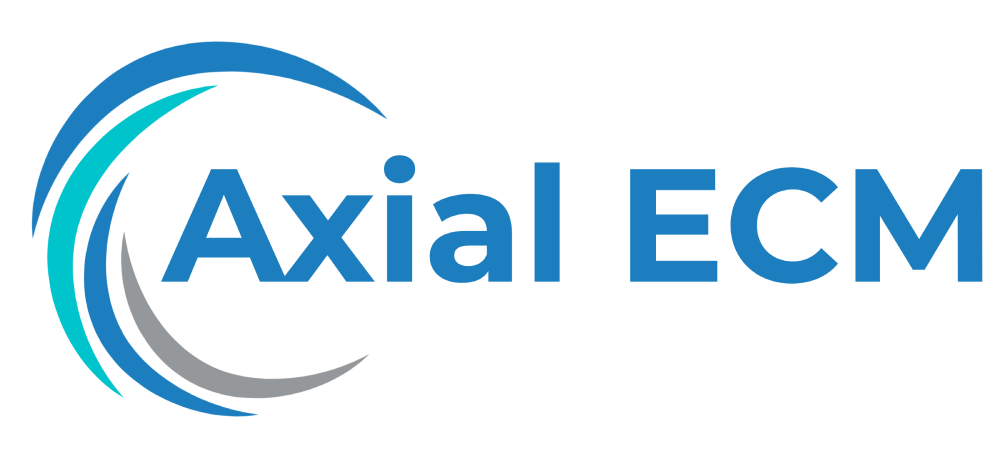ECM Training and Education: Best practices for training staff and educating users about ECM systems.
Best Practices in Conducting ECM Training Workshops
In today’s fast-paced business environment, organizations are increasingly adopting Enterprise Content Management (ECM) systems to better manage their documents and information. However, implementing ECM systems successfully requires more than just selecting the right software and hardware; it also involves training staff and educating users about these systems.
The Importance of ECM Training
ECM training plays a vital role in ensuring that employees are able to effectively use the system and take full advantage of its features. Proper training helps in:
- Reducing user resistance towards the implementation of ECM systems
- Increasing user adoption and overall system usage
- Maximizing the return on investment
- Ensuring compliance with internal and external regulations
Best Practices for Conducting ECM Training Workshops
When conducting ECM training workshops, organizations should consider the following best practices:
1. Assess Training Needs
Before designing training programs, it is important to assess the specific training needs of the organization. This can be done by conducting a training needs analysis, which could involve surveys, focus groups, or interviews with key stakeholders.
2. Define Training Objectives
Once the training needs have been assessed, the next step is to define clear and measurable training objectives. These objectives should be aligned with the organization’s overall goals and objectives for implementing the ECM system.
3. Develop Training Materials
Training materials should be developed in a clear and concise manner, using a variety of formats such as written manuals, video tutorials, and interactive online modules. The materials should be customized to address the specific needs of different user groups within the organization.
4. Choose the Right Delivery Method
When selecting the delivery method for ECM training, organizations should consider factors such as the size of the user group, geographical locations, and available resources. Common delivery methods include in-person workshops, virtual training sessions, and self-paced online courses.
5. Utilize Experienced Trainers
Experienced trainers who are familiar with ECM systems should be chosen to deliver the training. These trainers should not only have a solid understanding of the system but also possess excellent communication and presentation skills.
6. Promote Hands-on Learning
Hands-on learning is essential for effective ECM training. Organize workshops with practical exercises that allow participants to apply what they have learned in real-life scenarios. This can help reinforce the concepts and build confidence in using the ECM system.
7. Provide Ongoing Support
Offering ongoing support post-training is crucial to ensure user retention and continued system utilization. This can include providing access to user forums, knowledge bases, and helpdesk support for addressing any queries or issues that may arise.
Evaluating the Effectiveness of ECM Training
It is important to evaluate the effectiveness of ECM training to identify areas for improvement. This can be done through the use of assessments and surveys to gather feedback from participants, monitoring user adoption rates, and conducting follow-up interviews with key stakeholders.
Conclusion
Effectively conducting ECM training workshops is essential for successful implementation and utilization of ECM systems. By following the best practices outlined in this article, organizations can ensure that staff members and users are well-prepared to leverage the benefits of these systems, leading to improved productivity, compliance, and overall business success.
